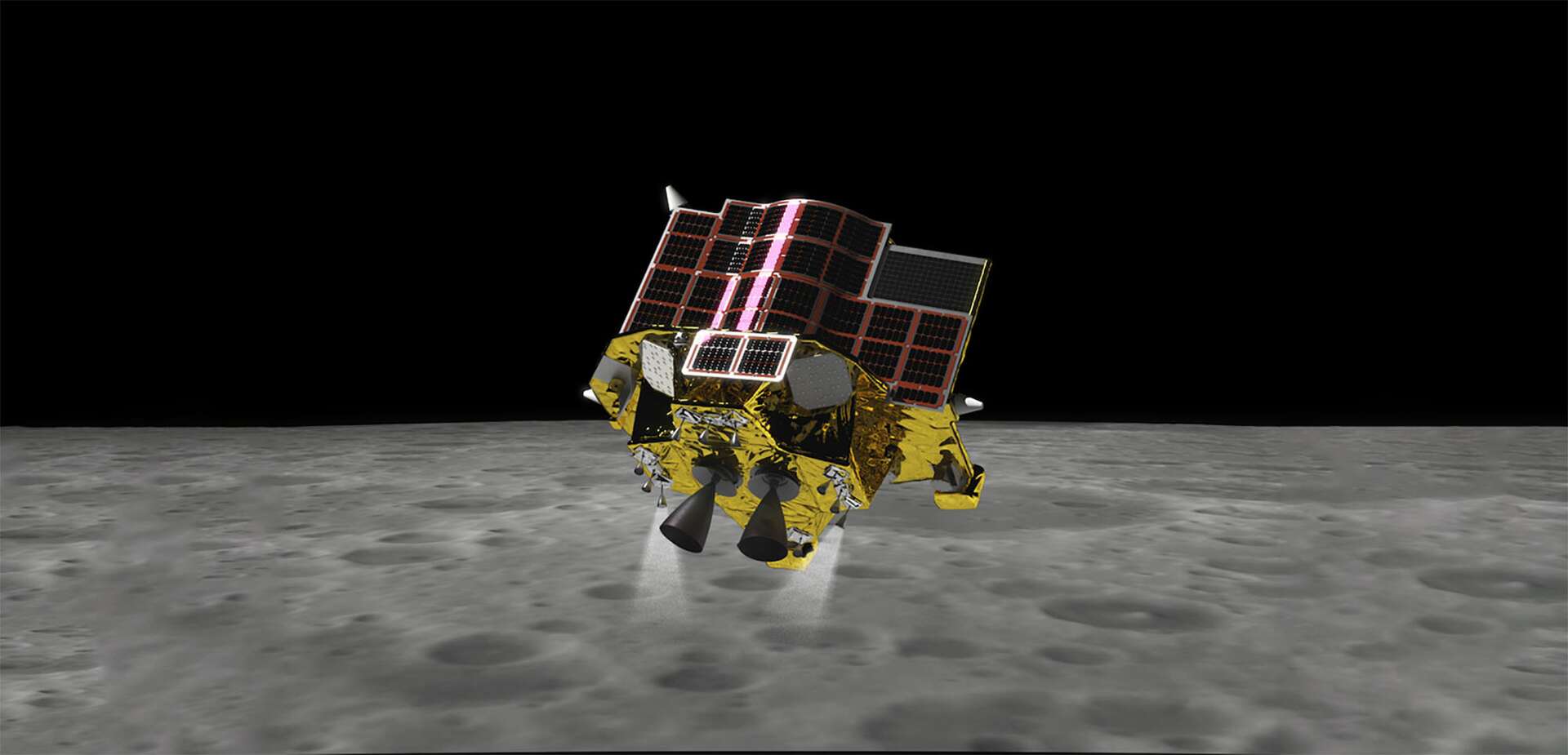
Japan aims for the first moon landing in a daring Slim mission
In order to prepare for the next steps in robotic and human exploration of the solar system, Japan’s space agency JAXA is developing small, light and high-precision landing technology. To test and validate it in real conditions, JAXA developed the Slim mission that is about to take off to reach the moon. It aims for precise landing in a rugged area within 4 to 6 months.
You will also be interested
At the end of this summer, several space agencies will gather on the surface of the moon. After the failure of the Russians with the Luna-25 probe and the success of the Indians, who were the first to land in the Antarctic with the Chandrayaan-3 probe, it was the turn of the Japanese mission, Slim.Smart lander for lunar exploration) to travel to the moon. It’s scheduled for August 27—tentatively scheduled for the night of August 25-26—on the same H-IIA launch pad that will send Xrism, the X-ray and Spectroscopy Observatory, whose mission we briefly described to you in a previous article. This launch will take place from the Tanegashima Space Center in Japan and will be broadcast live JAXA YouTube channel.
With Slim, Japan aims to achieve its first successful moon landing, after the failure of Hakuto’s own mission in April 2023. Slim, which stands for “Smart Lander for Exploring the Moon,” is Japan’s first lunar lander for the space agency, JAXA. . This is a demonstration mission intended for a precision landing on the lunar surface. The Slim aircraft is about 2.7 meters long, 1.7 meters wide and 2.4 meters high, and has a mass of about 730 kilograms at take-off, including 200 kilograms of fuel. It will use its own propulsion system to reach the moon, and thus the large amount of fuel (70% of the total mass of the satellite). After about three or four months of travel, the probe will reach around the moon and remain in orbit for about a month before it begins its descent to Earth.
A very daring first attempt
Selim’s goal is to validate precise landing techniques, thus facilitating access to hard-to-reach lunar terrain. It will use radar coupled with a ground image recognition system to help identify craters and other topographical features that could disrupt its precise landing, up to 100 meters from its target.
This accuracy of 100 meters wouldn’t be too great because Slim plans to land in the Xioli crater, which is only 300 meters wide and is located Mare Nectaris. This landing site was chosen based on observational data from the Kaguya satellite. Its landing system is pretty simple using an aluminum frame that will deflate and absorb the shock when Slim lands on the moon.
In the future, precision landing will be essential and fundamental to robotic and human exploration of the solar system. As JAXA points out, As humanity increases in our knowledge of the solar system, access to specific highly interesting objects will become increasingly necessary for a whole host of scientific, technological and economic reasons. “.
Precision landing pad just about anywhere
This mission, with its surprisingly light structure, is what makes it interesting and what makes it different from other landers, which is interesting because it could contribute to diversifying and accelerating solar system exploration missions on planet Earth. Relatively heavier payload than the transition mission. This precision and ability to land just about anywhere is an asset when you know that traversing steep slopes and uneven terrain still presents a high level of difficulty for rovers. This is why it is important to land successfully in inaccessible terrain to help diversify future exploration missions. La JAXA, which has dedicated reconnaissance missions and returns samples of asteroids, sometimes uses Slim technology to carry out more ambitious missions to these smaller bodies.
Three tools on board
Slim carries three instruments, including a multi-band spectroscopic camera, to study the composition of the surrounding rocks after the subsidence. These images can provide clues that will help better understand the formation history of the moon. the lander Also includes a small probe called Lunar exploration vehicle (LEV) that separates from Slim just before landing to perform the maneuver. In addition, the mission includes a laser reflector provided by NASA for precision measurement purposes.

“Incurable web evangelist. Hipster-friendly gamer. Award-winning entrepreneur. Falls down a lot.”
